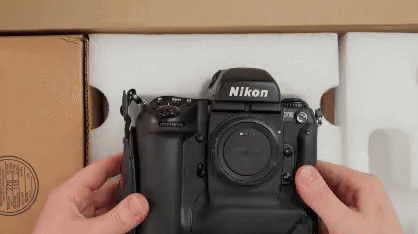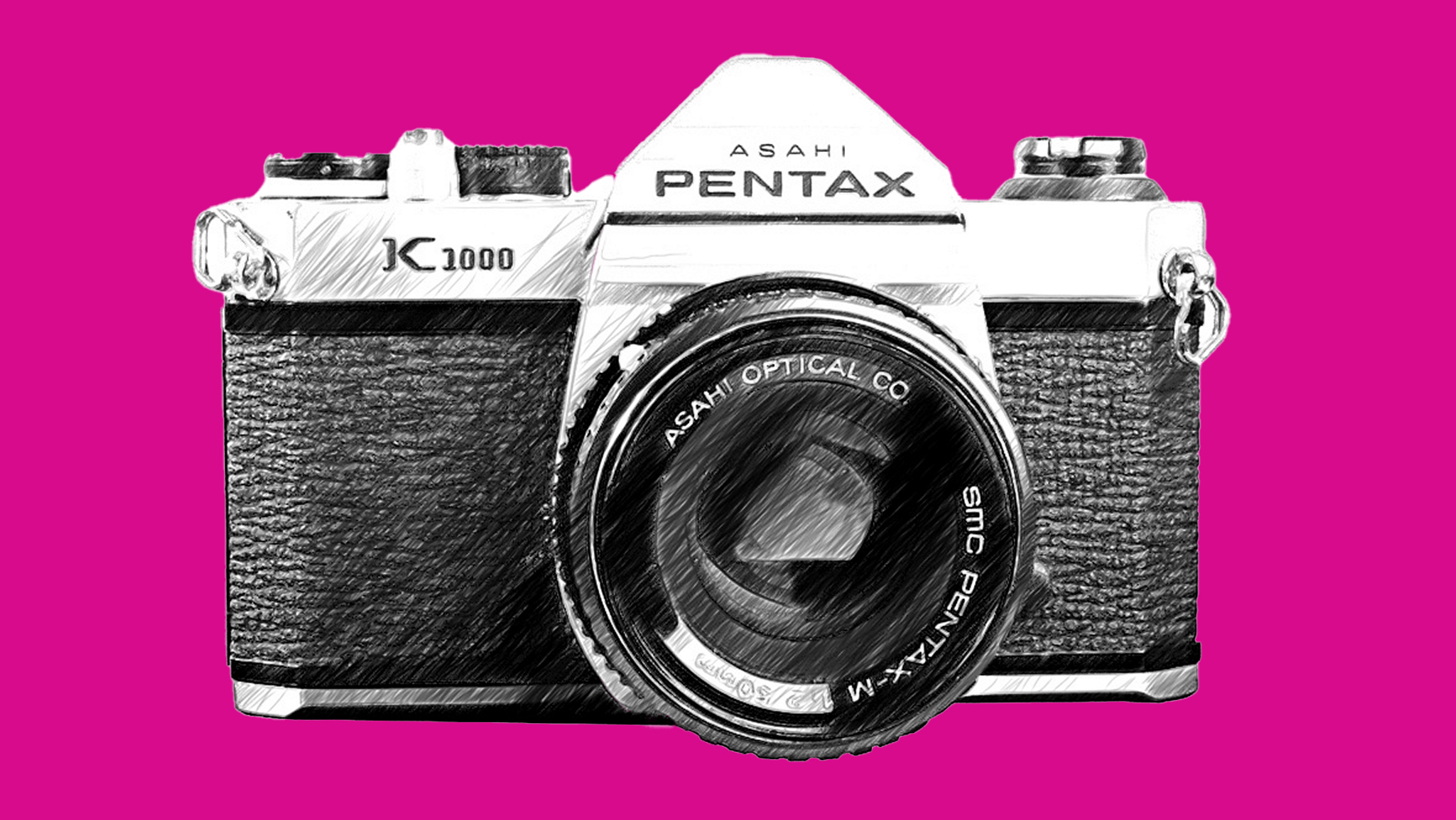Did you know that Kodak collaborated with Canon and Nikon to turn their film cameras into DSLRs?
A look back at the Kodak DCS 760, the Kodak DSLR based on the legendary Nikon F5

A video on Instagram reminded me of Kodak's doomed DCS series, which launched in 1991 and was ultimately axed in 2005. DCS stands for Digital Camera System and was Kodak’s pioneering foray into the digital camera market.
I say pioneering because the first camera in the series, the Kodak DCS 100, was the first DSLR to hit the consumer market back in 1991.
Rather than focus on its own DSLR cameras, Kodak’s DCS system modified existing film cameras by the big manufacturers or supplied digital camera backs – which enabled a digital sensor to be slotted into a compatible camera's film compartment.
The camera in Kamerastore’s Reel (below) is the Kodak DCS 760, released in 2001.
A post shared by Kamerastore (@kamerastorecom)
A photo posted by on
Fans of the Big N will instantly notice that it’s built around a Nikon F5, with a big battery grip bearing the Kodak logo.
The camera is built around a 6.3MP APS-H CCD sensor, which is bigger than an APS-C sensor but smaller than a full-frame sensor. Something that sticks out in the video is just how huge the batteries are – no wonder the battery grip was necessary!
Upon its release in the US, the Kodak DCS 760 retailed for around $8,000 – which was a huge sum of money in 2001. Just for fun, that’s roughly $14,500 if you account for inflation! Today, though, used units from websites such as Kamerastore go for a fraction of the price.
The best camera deals, reviews, product advice, and unmissable photography news, direct to your inbox!
Still, this is a piece of digital imaging history – and a fascinating reminder of just how bizarre the transition from film to digital really was, back in the early days of the technology. Not to mention how much cooperation happened between the big brands back then!
You might also like...
If you're into camera history, is this the world's best camera museum? If you're a Nikon film fan, I think the Nikon FE is a perfect first film camera. And from the dawn of the DSLR to the future of photography, here are the best mirrorless cameras.

Mike studied photography at college, honing his Adobe Photoshop skills and learning to work in the studio and darkroom. After a few years writing for various publications, he headed to the ‘Big Smoke’ to work on Wex Photo Video’s award-winning content team, before transitioning back to print as Technique Editor (later Deputy Editor) on N-Photo: The Nikon Magazine.
With bylines in Digital Camera, PhotoPlus: The Canon Magazine, Practical Photography, Digital Photographer, iMore, and TechRadar, he’s a fountain of photography and consumer tech knowledge, making him a top tutor for techniques on cameras, lenses, tripods, filters, and more. His expertise extends to everything from portraits and landscapes to abstracts and architecture to wildlife and, yes, fast things going around race tracks...
You must confirm your public display name before commenting
Please logout and then login again, you will then be prompted to enter your display name.
